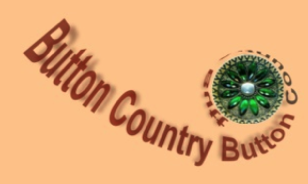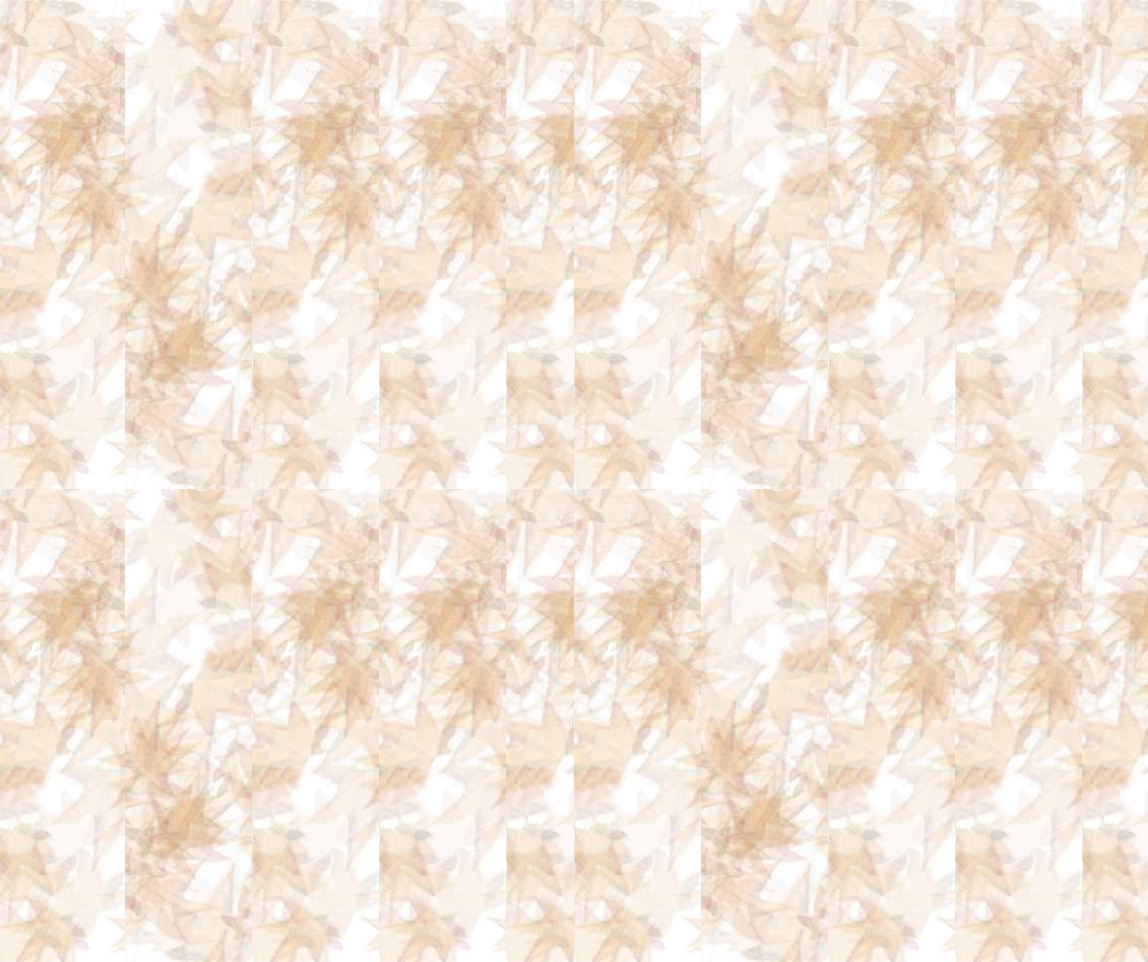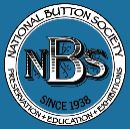
Fun Facts
Useful Tips
...the word button is from the French word bouton, meaning bud or knob - buttons, as ornaments, date back several thousand years.
...until the introduction of the "button hole", buttons were generally ornamental. Some believe the crusaders introduced the button hole to Europe from the middle east.
...until the 19th century, most buttons were used for men's clothing. Hooks and lacing were the norm for women's clothes. After the mid 1800s, women became the primary consumers of buttons
...in earlier times, buttons provided social commentary on the era and often defined social status and wealth. The French King, Francis I (1515 to 1547), is reported to have had thousands of gold buttons on a single coat.
...buttons have been produced from almost every known manmade and natural material.
...compared to many other collectibles, buttons are very reasonable in price. Beautiful and fascinating buttons can be purchased for as little as a dollar or less. However, rare buttons may cost many hundreds or even thousands of dollars.
...in earlier times some collectors referred to all black glass buttons as "Jets" - a practice technically incorrect since jet is a mineral related to coal. Queen Victoria chose jet when she went into mourning for Prince Albert.
...deer have no horns! Buttons made from antlers are classified with bone. Unlike horn, which is made of "keratin", antlers cannot be molded. Buttons made from the hoofs of the deer family are classified with horn.
...the US Patent Office has issued thousands of patents related to buttons and other clothing fasteners. Click on the special topic link above to sample one hundred years of button patents.

.... Acronyms for button terms:
DF - Decorative Finish
OME - Other Material Embellishments
BOD - Benefit Of the Doubt
DUG - Design Under Glass
DIG - Design In Glass
DUP - Design Under Plastic
DIP - Design In Plastic
SIP - Stuff In Plastic
...buttons made before 1918 are defined by the National Button Society (NBS) as old (NBS Division I) and those made after 1918 are defined as modern (NBS Division III).
...buttons sizes are defined as Diminutive: up to 3/8"; Small: 3/8"- 3/4"; Medium: 3/4"-1 1/4"; and Large: 1 1/4" & over.
...if you join the National Button Society, you will receive lots of helpful information including periodic Bulletins and access to purchase other helpful Society literature.
...there is a very large button "club" on the internet called "Buttonbytes". It is available at no cost to anyone interested in the hobby.
...the very best way to learn about your buttons is to join a button club in your state and interact with experienced collectors.
...Escutcheon (es-sku-chin) is a term used to describe a central metal ornament attached by one or more pins (never glued).
..."OME" is an acronym for Other Material Embellishment - a material different from the base of the button added to or inlayed into the surface to enhance the face design.
... a button's material is defined by the material at the base or shank of the button. Buttons may be comprised of several different materials.
...there are more than 50 different names for the attachment feature of buttons. See the button gallery to explore these many button back types.
...many fun names are assigned to buttons with certain features including pigeon eye, goofy, twinkles, vanity, Victorian jewel, whistle, aristocrat, cookies and drums. Find them all in the gallery pages.
...in addition to clothing buttons, button related specialties are part of the hobby. These include links, studs, buckles, Netsuke, button hooks and button covers. See them in the Division IV Gallery.

